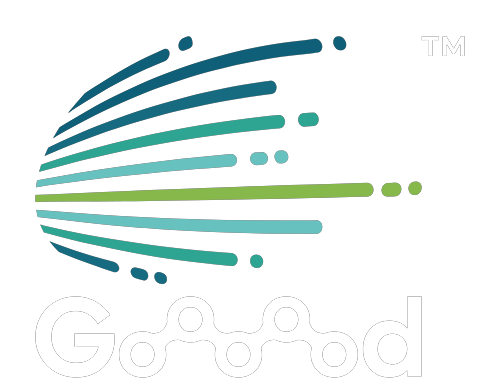MultiCDN: Overview
Hey there! Welcome to our knowledge base, a place where you can find answers to your most urgent questions in mere seconds.
This space exists because we want you to be able to resolve issues related to Goooood™ on your own using the search function. Just type your question or some related keywords into the top right window and click “Search”.
What is Multi-CDN?
Someone once said, “I hate having slow internet more than I hate having no internet at all.” While that sentiment can be debated endlessly in the same vein as the chicken and the egg, the reality is, when it comes to the internet, users have little patience with waiting for content to load. Any latency will frustrate users and cause them to look elsewhere or do something else entirely.
Every content creator and IT manager knows this hatred well, that’s why many turn to a Content Delivery Network (CDN) to alleviate long load times by bringing content geographically closer to the end-user.
CDN is a network of servers (POPs) strategically located around the globe to store (or cache) frequently requested content, making it readily available for downloading. When a user requests specific content, such as a high-definition video or a richly illustrated digital textbook with lots of images, the server nearest to the user fulfills the request, thus ensuring quicker delivery.

As no single CDN has universal coverage, multi-CDN architecture combines the resources of multiple providers to allows site owner to achieve reliable delivery with more widespread coverage, at its optimal speed. Not just speed, multi-CDN also serves the purpose of providing website a content delivery network redundancy solution, which allows it to avoid downtime and remain functional if any underlying CDNs failed.
By using multi-CDNs, business owners don’t have to put all their eggs in one basket. While one CDN provider might claim to offer 100% uptime, in practicality, even the best CDN provider experience outages as well. Choosing more than one CDN provider means having a fallback should any supplier suffer an outage.
In conclusion, a multi-CDN architecture is recommended for any online business wishing to expand its reach and improve service. Having a multi-CDN vendors network in place will allow companies to be more agile and flexible in the short term by adding capacity at any time. However, if there isn’t a dedicated in-house function to manage this architecture, it’s necessary to turn to a CDN-specialized technology partner who might offer this managed service. A good technology partner should give you lower pricing per GB and overall cost efficiency than a single CDN and save you the need to configure yourself for cost or performance optimization. Goooood™ helps you leverage your CDN investment by allowing you to optimize your existing assets and by keeping you ahead of the competition.
